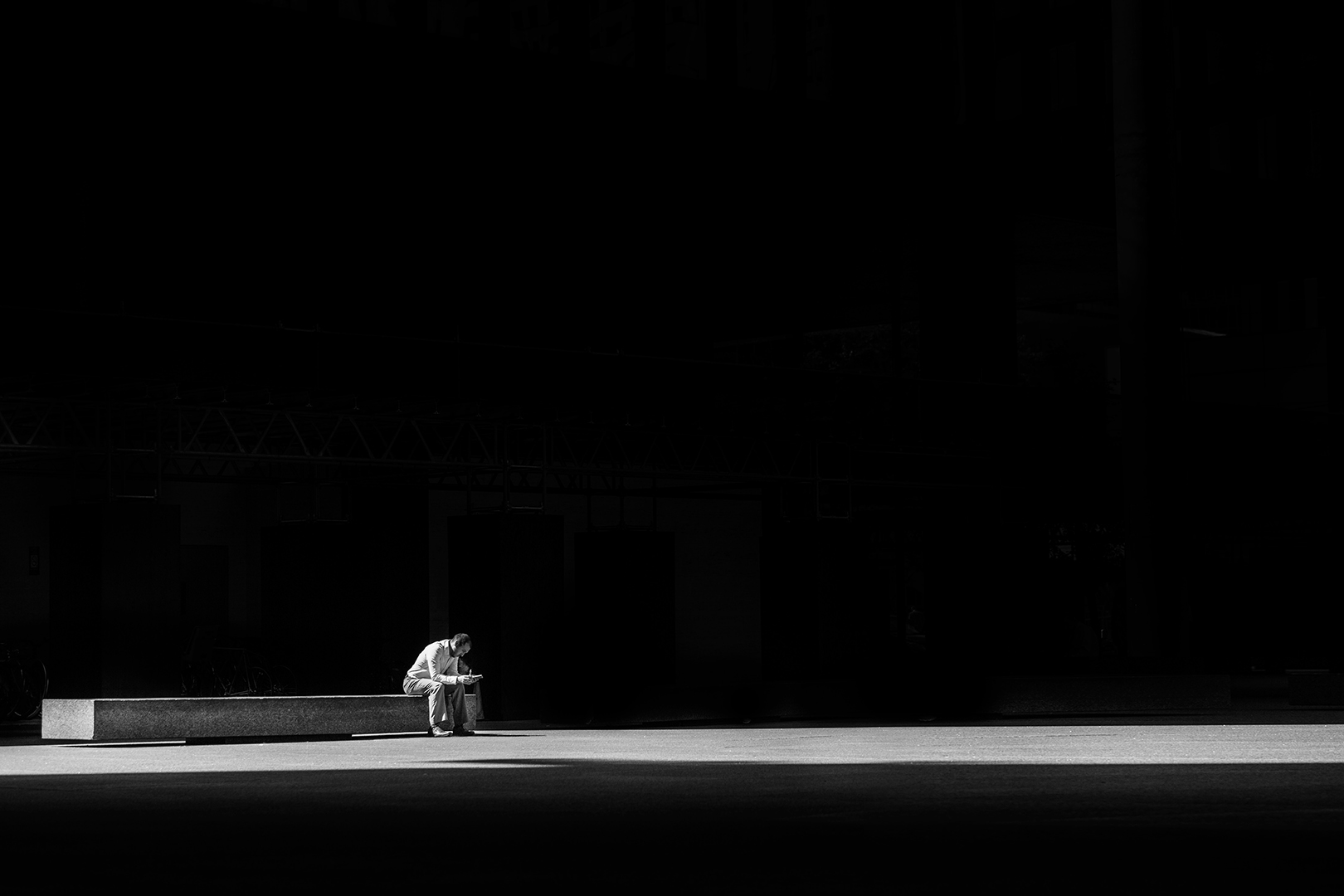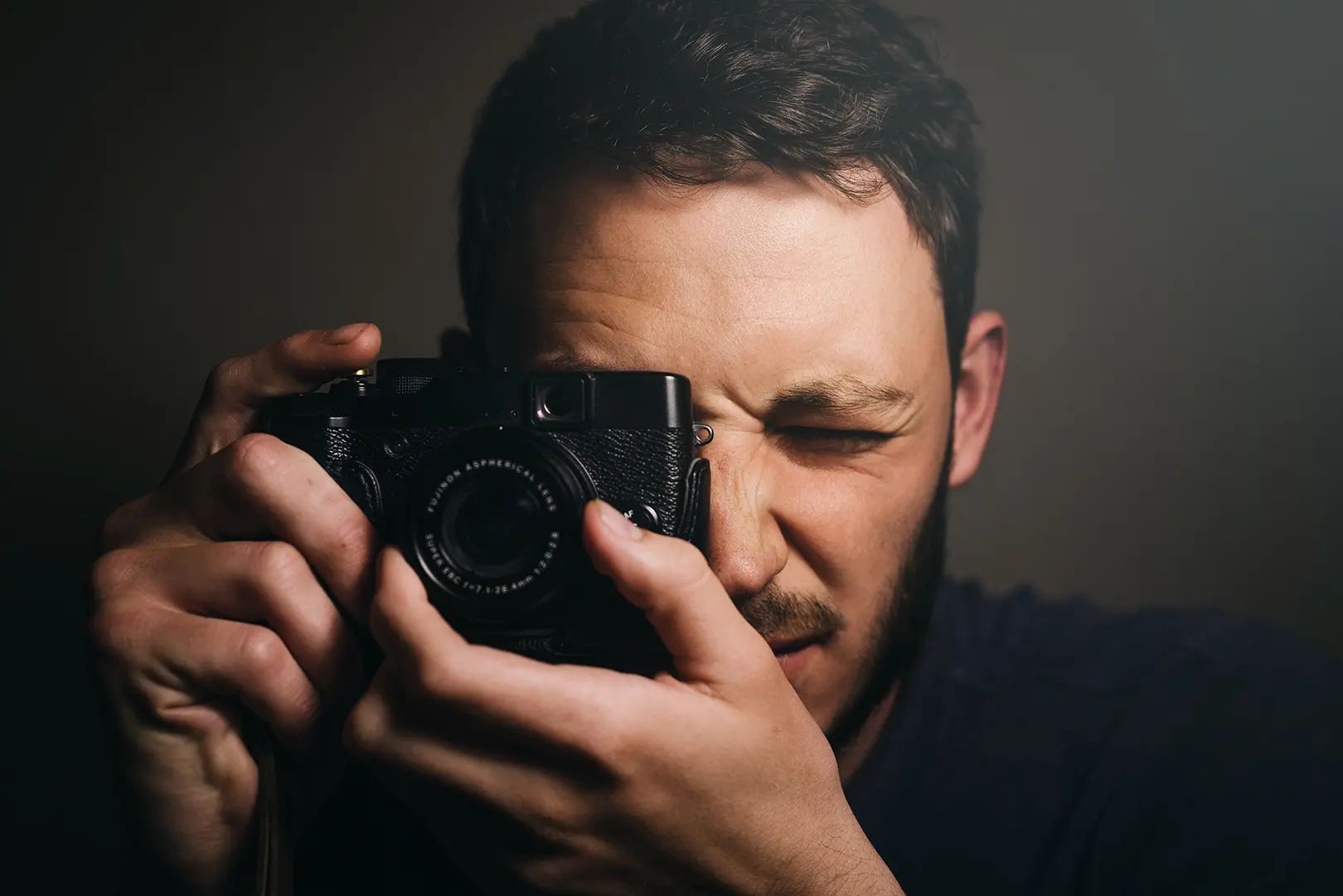After performing a pretty hardcore edit on my own portfolio, I have left myself with a much smaller selection of images that speak with a more powerful voice about my own vision and personal style. This is not the first time we’ve discussed the “photographer's portfolio”. Previously, we talked about how to create a portfolio, but I have concluded that a portfolio cannot forever remain static and rigid; it has to undergo periodic reviews or market-driven changes to accomplish a specific goal. These are the lessons I have learned, portfolio-wise, this year after compiling the first decent version of my photography portfolio.
Redefining a Portfolio
In a previous article, we mentioned in a very dry way that a portfolio was “a group of work collected in a specific format”. This definition now seems lazy to me, because it doesn't reflect the huge importance a portfolio in the life of a photographer. That’s why I’d like to share a newer and richer vision of how I see the Photographer's Portfolio today: “The Photographer's Portfolio is the visual evidence that summarizes a photographer’s work; it is similar to a CV, but with tangible results.”

The ultimate goal is to create future work that will be worthy of becoming part of our portfolio, that exclusive club of moments that builds our voice as photographers. Each element that is incorporated into our portfolio should raise the bar for the quality of all the overall body of work in it.
- Consistency and Style
If you are a beginner, portfolio creation shouldn't be something to worry about. This task should be a mid-term project for you. The reason we're telling you this is because a portfolio is not a random selection of images you have taken while discovering the niche you'll end up loving the most. A portfolio is a reflection of a somewhat solid style, and if it slightly manages to reflect your style, it will be built from a visually consistent group of images.
- Purpose and Orientation
Portfolios are considered to be not just a selection of a photographer's best works, but as an important asset for their career as a photographer. The main goal of building a portfolio is to obtain a benefit after showcasing it. From feedback to a job, from a wedding assignment to an academic requirement, every time a portfolio is built, it’s because it has a specific purpose.

A good example may be this one:
Imagine that you are willing to get a job as a sports photographer, but you arrive at the job interview with an inconsistent portfolio of 50 images in which 20% of them show sports from various points of view and focal lengths. Now imagine that, later on, an even less-experienced photographer arrives with a 12-image portfolio – but 100% of his images fulfill the agency’s need has for sports photography. Which photographer do you think will get the job?
- Quantity of work
You need to assume that the attention with which people will review your portfolio will be very weak, because these days, nobody has much time. Synthesizing all those gigabytes of images into a condensed selection of images will be hard, and the best way is to establish a fixed number. My previous portfolio had 50 images, which is too many. I decided to reduce the number to 25, and after a long afternoon, I accomplished it. Objectivity will be your best friend here, and setting certain parameters like intention, style, recurrent compositions, etc. will be extremely useful for building the selection of your most powerful and meaningful images.

- Order
It is said that the order of images can be hacked a little bit by following this pattern:
1 6 8 5 3 4 9 7 2.
First, you need to put all your selected images in chronological order, and then rearrange them in that numeric pattern. Of course, this is only an idea, and you can arrange your work in a much stronger way. The only thing you need to have in mind is that your storytelling must be very strong.
- All work must reflect a definable style
If it wasn't made clear above, yeah, all your work should and must reflect a specific style.
- It should be personal
Some disciplines (like illustration and graphic design) are keener on personalization when it comes to a portfolio, but still you can make your portfolio a personal thing by selecting the format and the layout. In photography, the most important thing is the photography itself, so don't go too crazy over design and stuff. A clean and straightforward approach should be enough.

- It must be adaptable
Every photography portfolio should be adaptable, because it should respond to a particular purpose. So if you’ve been experimenting with various styles of photography and have successfully accomplished consistency throughout them, your portfolio should be able to be adapted, whether if it is digital or printed for a showcase to the right audience.
- It must become part of your workflow

After setting up a strict and high-quality standard for your future photographs (think of your portfolio as a Key Performance Indicator (KPI) or as a quality standard), only a limited few images will be granted the honor of becoming part of your portfolio and not just yet another image on all your social media platforms. This will be the ultimate output, and it will become a bulletproof technique for overcoming creative blocks.







2 Comments
I coudln’t agree more with the article. A style takes time to develop but can only be matured through shooting all kinds of subjects. I describe it as a journey and the destination isn’t always obvious.
Personally I’ve found myself utilizing more and more negative space and long exposures for cleaner and simpler compositions. Muted colors and black and white have also found there way into my personal style.
JG
I understand the concept of having a “style” but, what if Like myself, you shoot a number of categories, all of which require a different approach, for instance Landscape is different to Portrait or weddings, granted you should create your own style within each category. The dilemma is how do you showcase your “style” in a portfolio as a “Photographer” when all the styles will be different in the categories you shoot as that “Photographer”? The simple answer is to have separate portfolios for each category, not always as simple as that when trying to create a web site that covers all your work categories and limit space and more importantly potential “customer browsing time”.